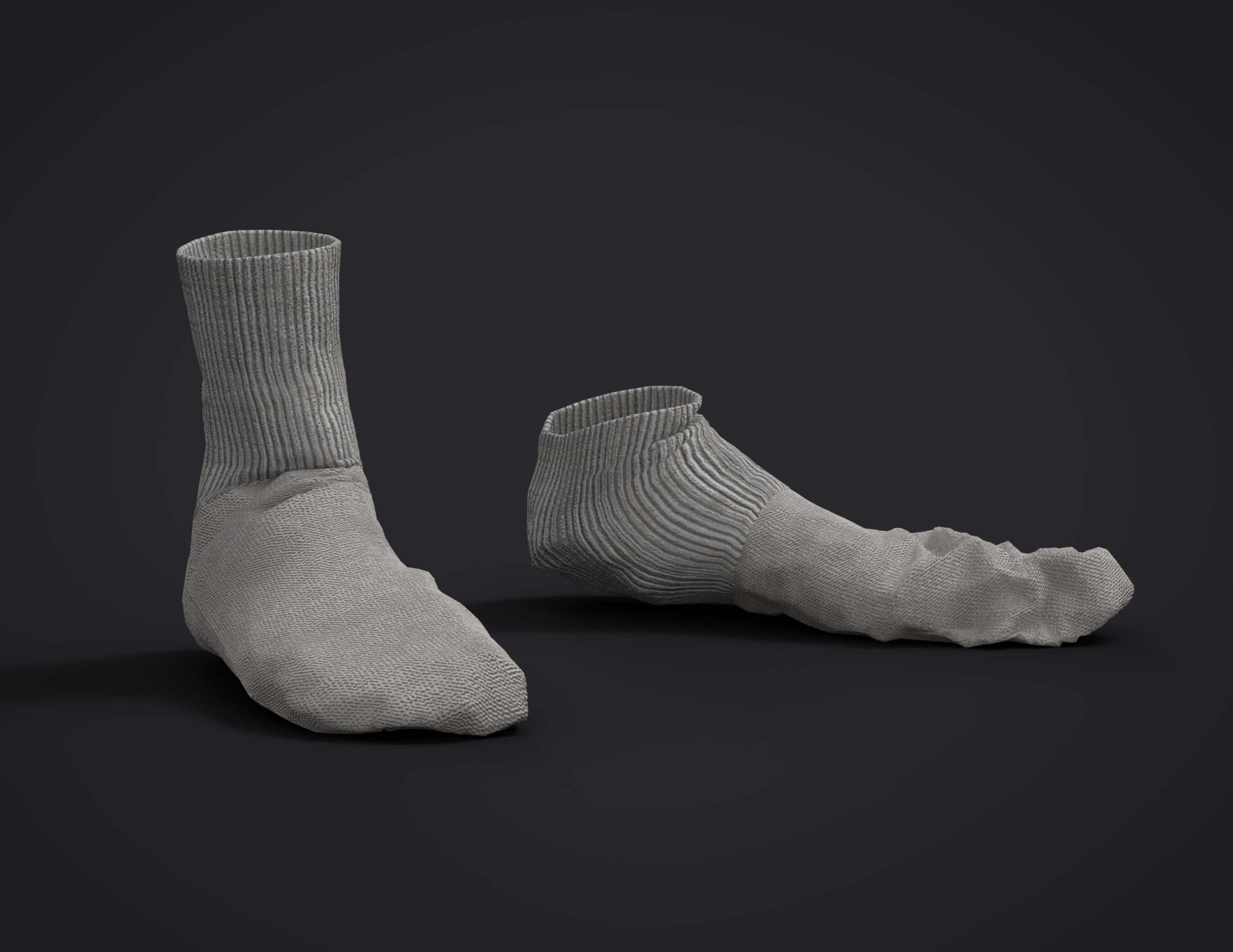EXPLORING PHYGITAL FASHION

Some sustainability-minded designers hope digital fashion can increase the longevity of physical fashion. Social media stars who wear an outfit once for an Instagram post and throw it away might be enticed to wear the same design as a virtual filter instead—thereby eliminating waste. And instead of spending thousands on designer clothes, fashionistas could make a similar impact for less in the metaverse. Digital fashion represents a major opportunity for designers who want to sell their work without leaving an indelible environmental footprint.
Amy Sperber, assistant professor of Fashion Design, is inspired by these sustainable possibilities. When digital fashion becomes mainstream, she says, “every designer could have a platform to make a living without making anything physical. You can have a whole ecosystem of buy-sell-trade, but you are not actually filling the garbage dump.”
And it’s not just clothes. Sperber has seen the popularity of jewelry and accessories filters in videoconferences, where only a person’s head and chest are visible.
Andrea Diodati, assistant professor of Fashion Design, takes this idea one step further, creating digital designs that can be displayed in the real world by adding technology to a physical garment. This marriage of the digital and physical has become known as “phygital.” Other examples of phygital fashion include physical collections with NFT replicas, or the ability to watch a metaverse fashion show and buy the physical garments.
Diodati is using video filters—image enhancements similar to a Zoom background or a Snapchat message—to make clothes more versatile and fun. She collaborated with Surelo, an experimental art company, to sew lightweight LED screens to the back of deadstock or thrifted jackets and vests. The wearer could change out the digital artwork displayed on the screen, thereby multiplying the life of the garment by many times.
Diodati also sees the power of NFTs and filters to replace single-use garments, like T-shirts worn at an event or received as a gift with purchase.

“They can’t even sell that stuff in charity shops,” she says, “so it gets shipped to developing countries and messes up their economy and waste infrastructure. Or it goes into a landfill.” If the gift is something digital, the clutter quotient is erased.
As far back as 2015, Diodati saw the potential of 3D design to fix some of the problems with the fashion system—overproduction, restrictive sizing, and canceled orders.She now recommends all design students learn how to use 3D modeling software. “It’s the number one skill right now in fashion. It’s a way to future-proof their career.”